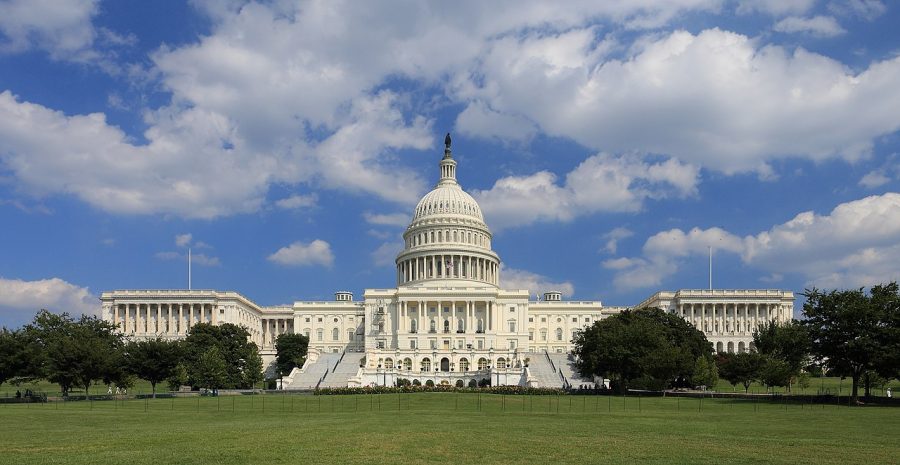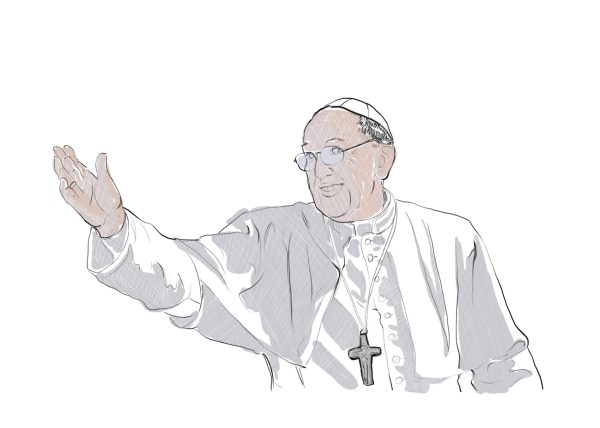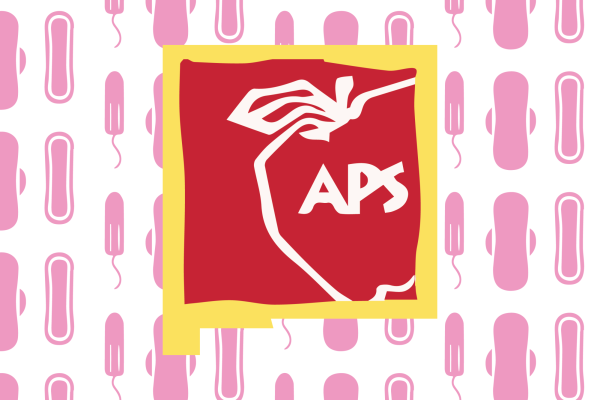The U.S. Hits its Debt Ceiling
The federal government is at risk of not being able to pay its loans back, which could spell disaster for economies around the world.
The United States has hit its debt ceiling—the limit of how much money it can borrow to pay for government expenses already incurred—and the country is at risk of defaulting on existing loans, which could have catastrophic effects on both the country’s and the world’s economy. The potential decrease in the value of the U.S. dollar could lead to crises in global markets as it is the world’s primary reserve currency. Congress has the faith and credit of the country in their hands as they debate what to do.
The debt ceiling was created in 1917 to allow the government to pay for its financial obligations without the Treasury having to appeal to Congress each time it needed to borrow money. The U.S. runs a budget deficit, which means that the government doesn’t make enough money to fund its work, so the Treasury must borrow money to finance its endeavors. On January 19, the U.S. hit its $31.4 trillion borrowing limit, requiring the Treasury to take “extraordinary measures” and to keep the government from defaulting while Congress tries to take action. These measures include moving money to different government agencies so they can make payments and suspending certain investments in savings plans for government workers. If Congress doesn’t vote to raise the debt ceiling soon, the government will run out of money and be forced to default on its debt. Similarly to a credit card owner who misses a payment, defaulting will cause increased interest rates and wreck the country’s credit rating, making it potentially less likely for the U.S. to secure loans in the future. Economists have estimated that breaching the debt ceiling could potentially cause the loss of over three million jobs, including those of federal workers, and it could also halt 10 percent of economic activity in the U.S. This means mortgage rates could skyrocket, and, with increased interest rates, national debt would soar, diverting taxpayer money from valuable federal investments like education and healthcare. Most importantly, the good faith of the US, and its role as a reliable global economic partner, would be threatened.
Congress will need to act before early June when the extraordinary measures will expire. Republicans are asking for Democrats to decrease federal spending in exchange for getting votes to increase the debt ceiling. The White House and Democrats said that they will not entertain negotiations as the fate of the country’s credit is at stake. President Biden and House Speaker Kevin McCarthy met on Wednesday, Feb. 1 in what was likely the first phase of a series of negotiations surrounding the raising of the limit. While no clear solution was reached in this first meeting, both parties seemed satisfied that they could eventually reach an agreement before the looming potential of default.
The debt ceiling has been raised over 100 times by Congress and the President. Votes on this issue tend to be simple because Congresspeople act quickly to prevent the potential economic catastrophe, but in today’s polarized political climate, the vote faces resistance. In 2011, the Obama administration also faced pressure from Republicans to match spending increases in some areas with spending reductions in others when the debt ceiling was hit. Ultimately, the Budget Control Act of 2011 was made. In it, the borrowing limit was initially increased by $900 billion dollars and $2.1 trillion was intended to be cut from the government budget over 10 years. With the consistent gridlock between the White House and Congress, it’s difficult for any progress to be made. If Congress is unable to come to an agreement and vote to increase the debt limit, the economic ramifications will be devastating, but, with productive negotiations a solution can be reached.







